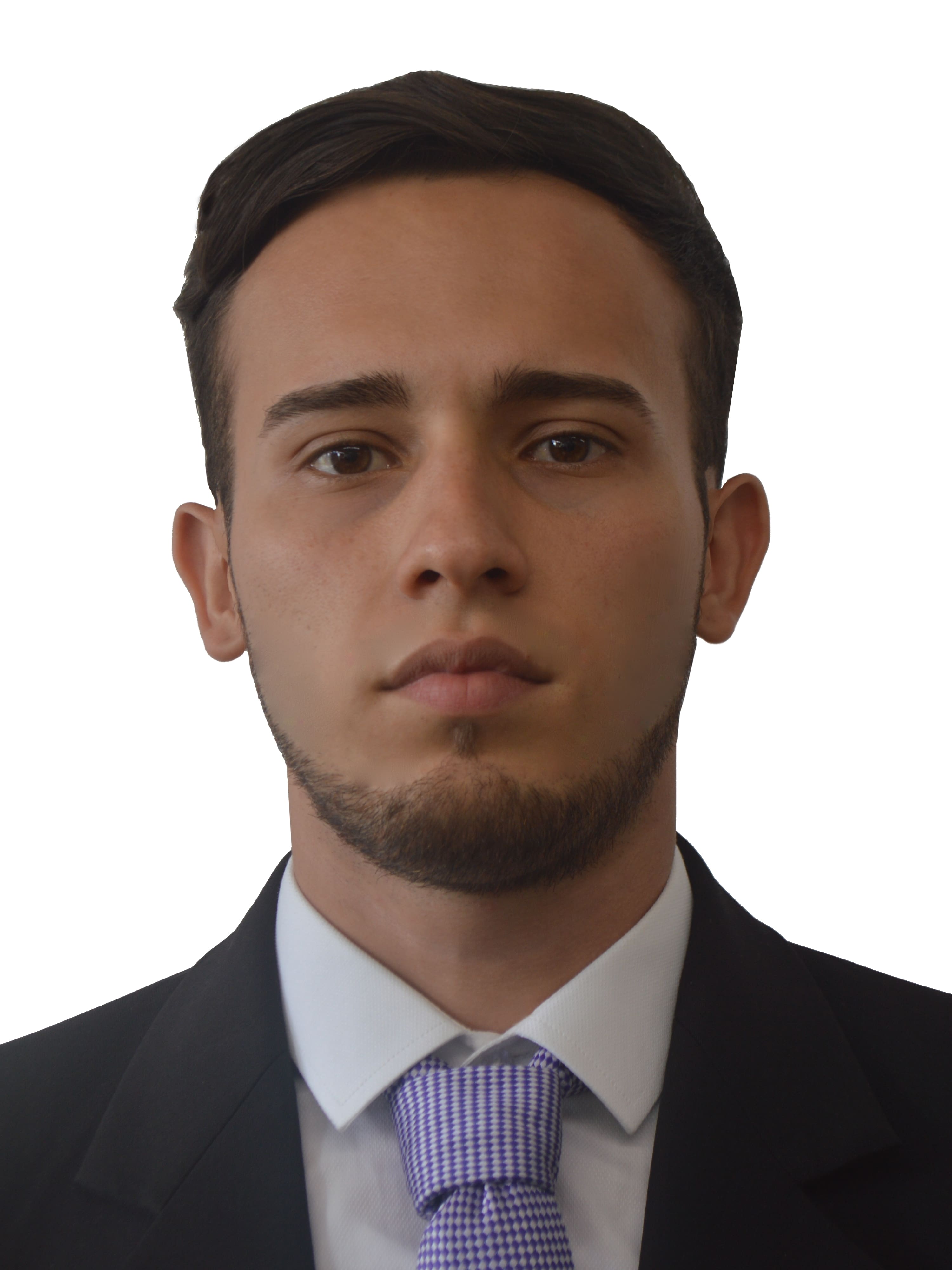Kinematic motion representation in Cine-MRI to support cardiac disease classification
Abstract
Cine-MRI sequences provide detailed information about anatomical and movement of heart, covering one full periodic cycle, which result fundamental to support diagnosis and follow personalised treatments. From such sequences, expert cardiologists can estimate cardiac performance index manually delineating shapes, and evaluating temporal geometrical changes. This patterns nevertheless are subject to proper manual delineations of ventricles and restrict the analysis to standard dynamic index, losing sight-hidden dynamic relationships that could be related with certain cardiac diseases. This work introduces a motion cardiac descriptor that fully describes kinematic heart patterns computed from local velocity fields, along the cycle. Firstly, velocity field is recovered among consecutive basal slices, which thereafter are characterised with differential kinematics, such as velocity, acceleration, divergence, and among others. Then, a regional multiscale partition allows to recover regional motion patterns, coding incidence motion measures as kinematic occurrence histograms. The set of regional motion patterns form a motion descriptor that fully describes heart dynamic and allows to automatically classify cardiac pathologies. The motion descriptor was evaluated over two different datasets, achieving averages accuracies of 80.58% (45 cases, 4 conditions) and 75.23% (100 cases, 5 conditions) mapped to a Random Forest Classifier, and over a set of Cine-MRI volumes achieved an average accuracy of 80.58% among four pathologies.
Computer Methods in Biomechanics and Biomedical Engineering: Imaging & Visualization
